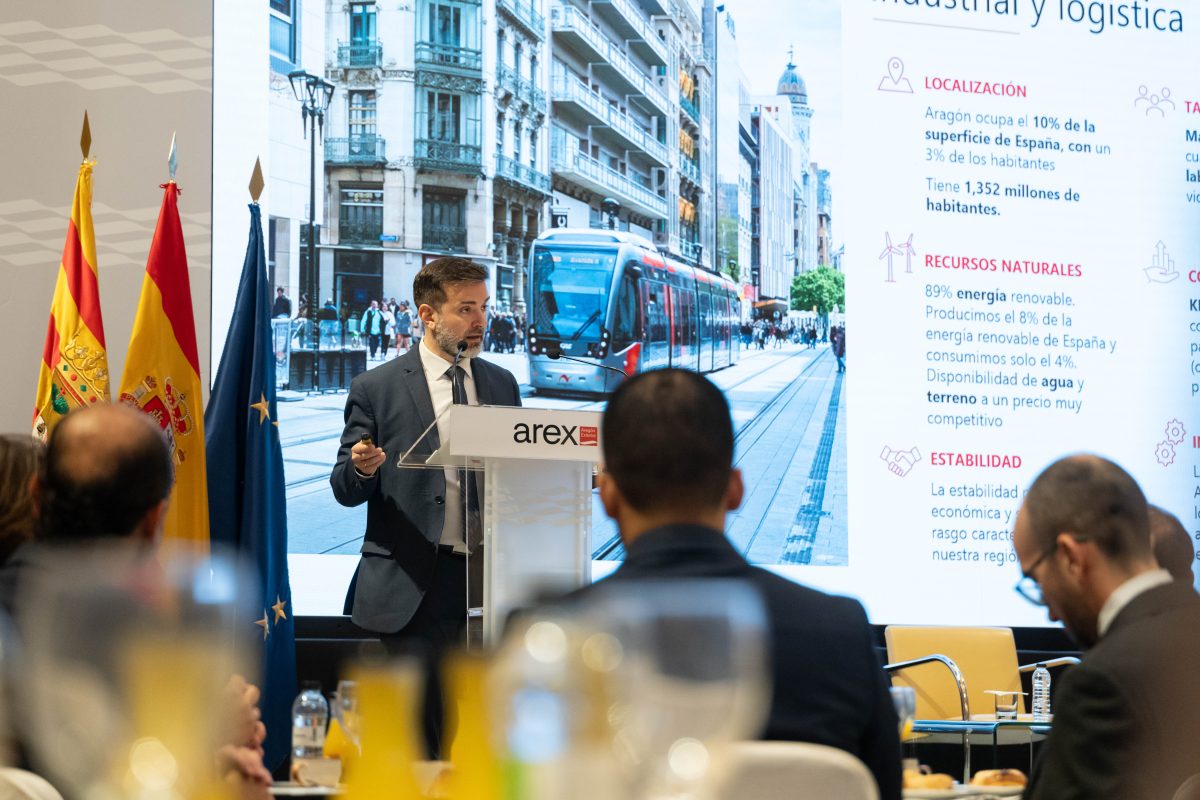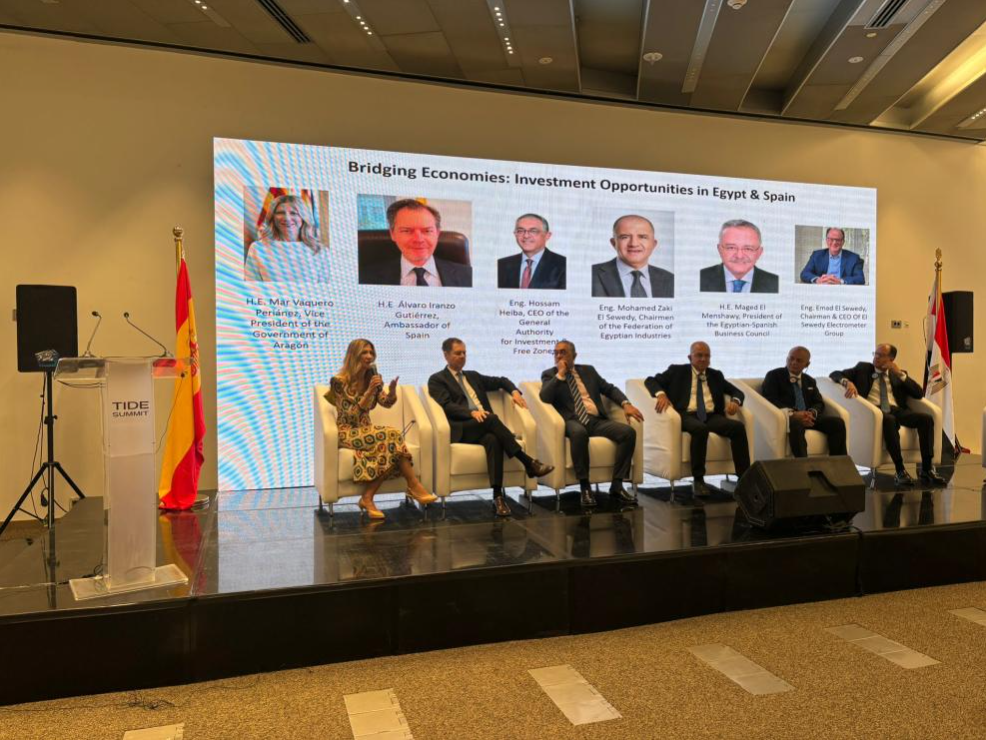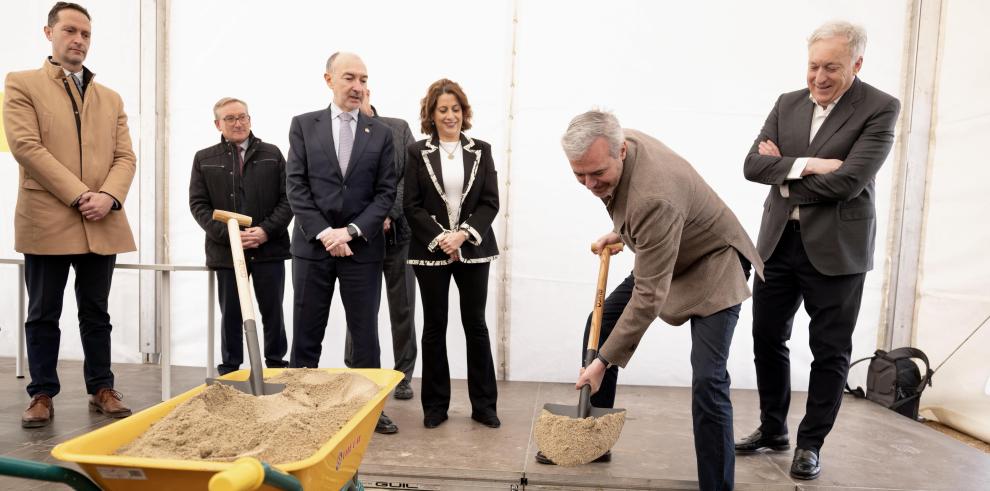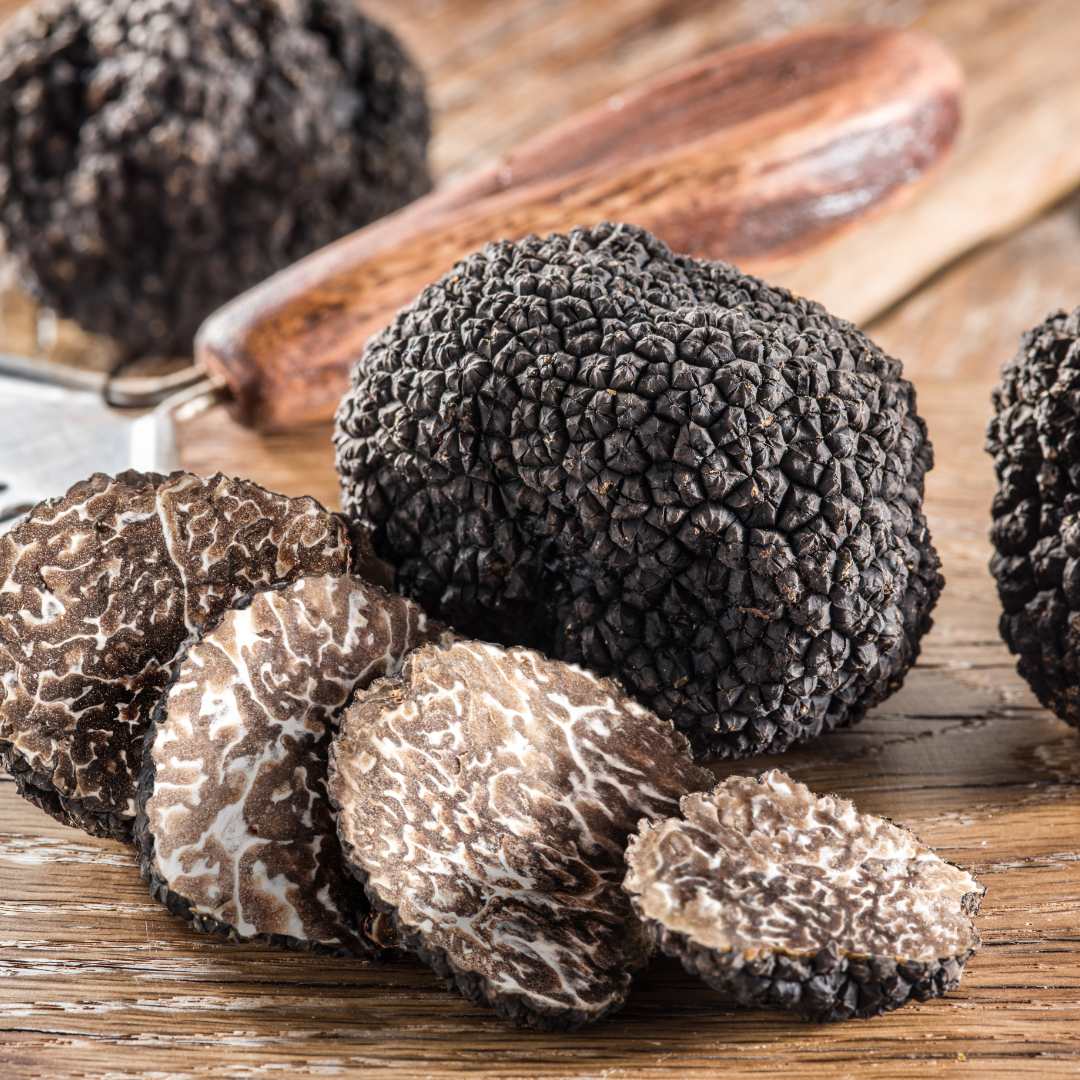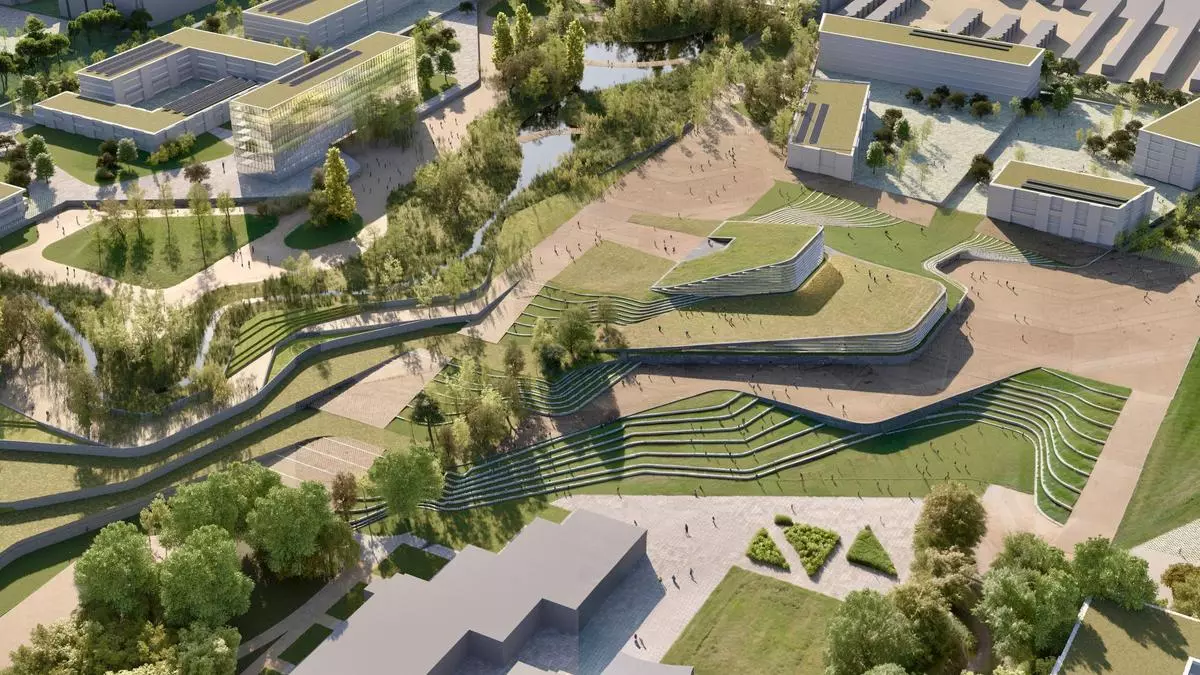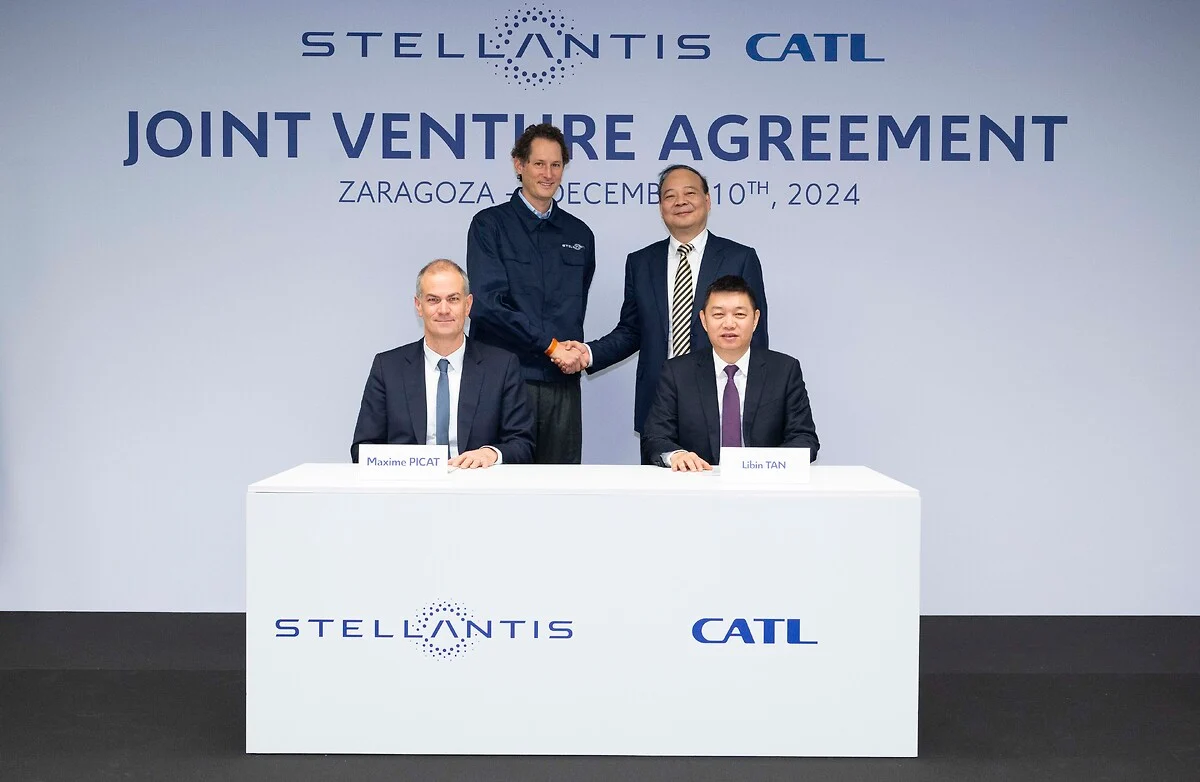The Vice-President of the Executive, Mar Vaquero, stated that the Investment Promotion Brochures are designed to make sure Aragon “continues to receive investment, conveying the reasons that make our region an ideal territory to achieve success, and bringing together in a single document the strengths of a territory called to mark the future of Europe and the world.“
Source: Aragón hoy
The Government of Aragon has presented this Tuesday a new Investment Promotion Brochure. The document is a strategic tool that aims to show the world the strengths of the region as a preferential destination for investment, innovation and business development.
The event, held in the Crown Hall of the Pignatelli, was attended by the Vice-President of the Regional Executive, Mar Vaquero, and the Managing Director of Aragón Exterior (AREX), Javier Camo. Both stressed that the new Promotion Brochure is a ‘direct, clear and up-to-date presentation of everything that our region has to offer investors’.
This document highlights the competitive advantages of the Aragonese territory: its strategic location, its industrial strength, its innovative environment, outstanding quality of life and the commitment of its institutions to sustainable development. It also refers in detail to the key sectors for the region’s economy, as well as the policies promoted by the Government of Aragon to encourage, facilitate and speed up possible investments to be developed in any of the three provinces.
For the Vice-President of the Regional Executive, this new Promotion Brochure is ‘essential’ to present the reality of Aragon. ‘Our region is receiving billions of euros in investments, with great potential for the future. We want to communicate the features that make us a unique region, the available spaces and strategic sectors’ she added.
‘This promotional brochure showcases the Aragon of investment and opportunities, open to the world to continue obtaining new possibilities for the future, talented, innovative and dynamic’, she specified in her opening speech.
With this new image campaign, Mar Vaquero stressed that the ultimate aim is for Aragon ‘to continue to receive investment, to convey the reasons that make our community an ideal territory for success and to bring together in a single document the strengths of a place called to mark the European and global future in sectors such as logistics, agri-food, technology, bio-health, aerospace and defence, among others’.
During her speech, the Vice-President wished to recognise the ‘work of generations and generations of Aragonese who have carried out commendable work’ to achieve the ‘position of global relevance’ that Aragon currently holds. In this sense, she pointed out that ‘we are proud of what we are and we already have in mind to be more relevant in the future thanks to our potential’.
“Today we have not only presented the new Promotion Brochure, we have presented a Promotion Brochure that is going to be alive, that is going to be updated and adapted to the needs and requirements of potential investors. It is not a single document, but rather seven sectoral notebooks that highlight the strengths and opportunities within each of the strategic sectors for the Government of Aragon”, explained Javier Camo.
Features that define Aragon as a territory of opportunities
The new Promotion Brochure highlights the distinctive features that define Aragon as a territory of opportunities, with enormous investment possibilities and an ideal ecosystem for hosting projects of different areas, types and particularities.
Aragon enjoys a privileged geographical position in southern Europe. The main European and North African markets are located within a radius of 1,000 kilometres. Within a closer radius of 350 kilometres is 70% of Spain’s GDP, with access to key cities such as Madrid, Barcelona, Valencia and Bilbao, as well as five international airports. It is connected in just over an hour with the two main cities in our country.
89% of the energy production in the region comes from natural resources which guarantees high energy availability at low cost. The abundance of industrial land and water at competitive prices reinforces its attractiveness for large-scale industrial investments.
The Promotion Brochure delves into the strategic industries that make Aragon an industrially strong and diverse region:
- Aragon is one of the automotive hubs in Spain and Europe. The installation of a gigafactory for electric batteries, with an investment of 4.1 billion euros, consolidates this sector, which has more than 300 auxiliary companies and 35,000 jobs.
- The logistics sector represents 7.7% of the regional GDP, with more than 500 companies and 40,000 employees. Aragon is home to infrastructures such as PLAZA, the largest logistics park in southern Europe, and Teruel Airport, which specialises in aircraft maintenance and recycling.
- Information and Communication Technologies represent 3.7% of the regional GDP and 8.5% of employment. With technology parks such as the Alierta Technology District of Aragon (DAT Alierta), Walqa and Technopark, our region has established itself as a European digital hub, attracting prestigious multinationals and consolidating a sector of local companies that is constantly growing.
- Aragon is a national leader in pig production and one of the main world players in the sector. The agri-food industry represents 10% of the regional GDP and generates 18% of employment. It has 11 Protected Designations of Origin and a strong processing and export network.
- The Community ranks third in Spain in terms of the number of companies in the health sector. Its strategic location, close to the majority of the Spanish pharmaceutical industry, reinforces its position in the bio-health sector.
- Our territory has the largest European aeronautical maintenance centre (MRO) at Teruel Airport and has a growing cluster in the Defence sector, which now accounts for 10% of the Ministry’s suppliers.
- Among the differentiating elements of the community, the talent of the citizens of the three provinces is also mentioned. With three universities, more than 105 vocational training centres and an active ecosystem of public-private collaboration in innovation, Aragon stands out for its capacity to generate and attract talent. The promotional brochure points out that more than 40 institutions are actively working in R&D&I, integrated in 14 business clusters that promote strategic sectors.
The region also offers a high quality of life environment: solid public services, security, access to nature, a vibrant cultural life and prestigious gastronomy. The region ranks third in the country in terms of quality of life and promotes a model of sustainable, balanced development committed to the well-being of its citizens.
And, as another of its characteristics, it includes institutional support and the legal security of the territory. The Government of Aragon reinforces its role as a trusted institutional partner, offering administrative support, tax incentives and legal tools to accelerate strategic projects. Inter-institutional collaboration, administrative agility and support for investors are part of the distinguishing features of the region.
New corporate image
The event was also an opportunity to present the new corporate image of AREX, which adapts to the new times and also represents a renewal in line with the process of promotion that the organisation, dependent on the Regional Executive, has undergone since the beginning of the legislature.





